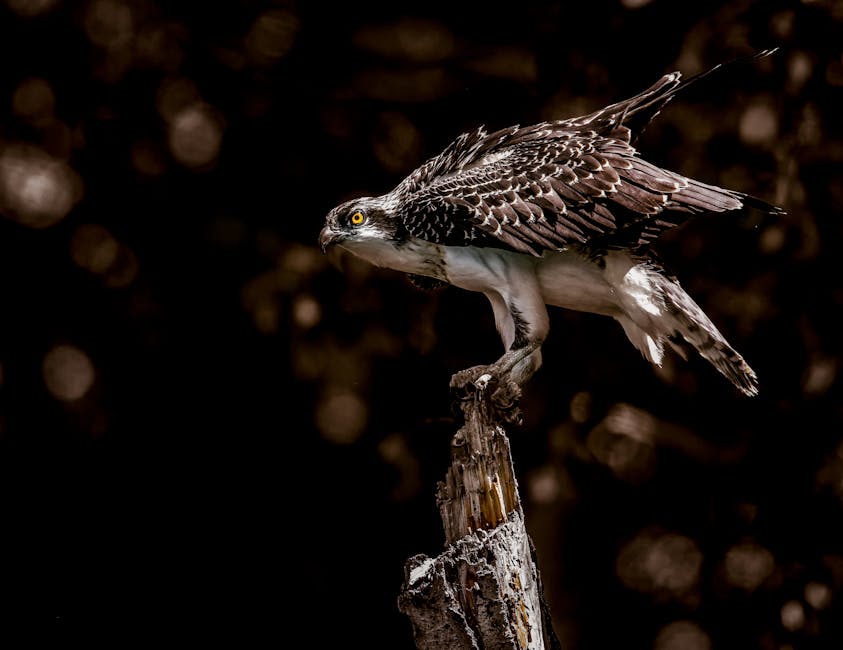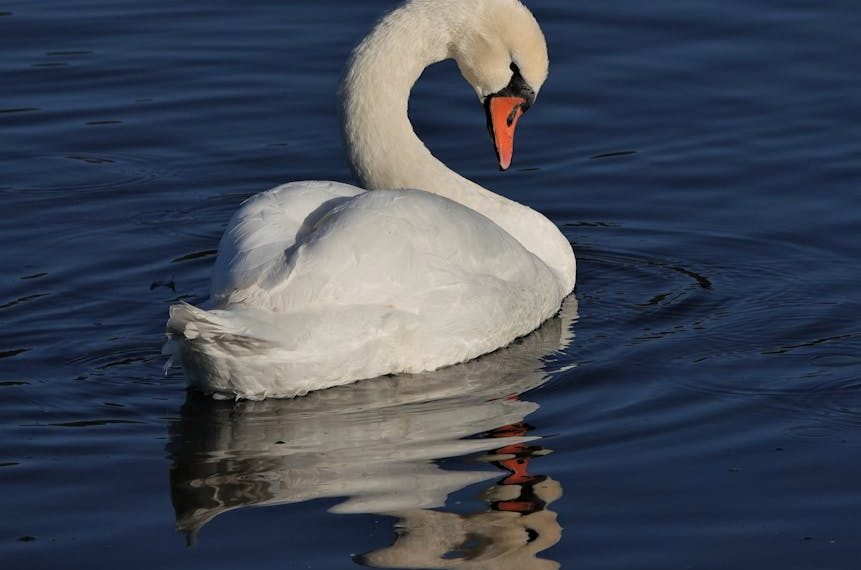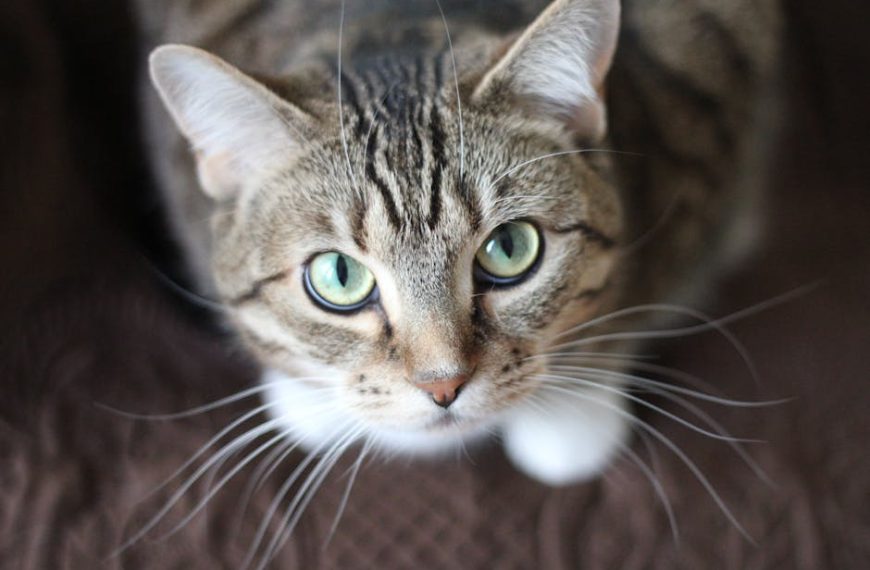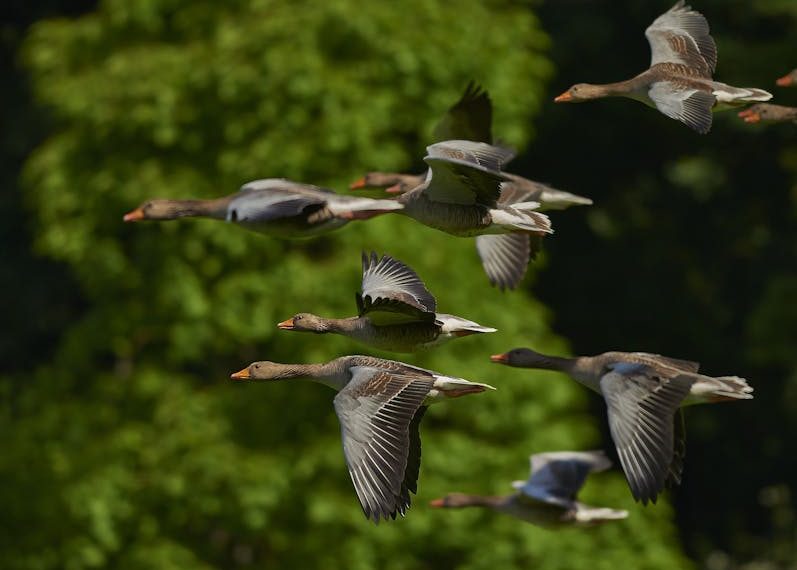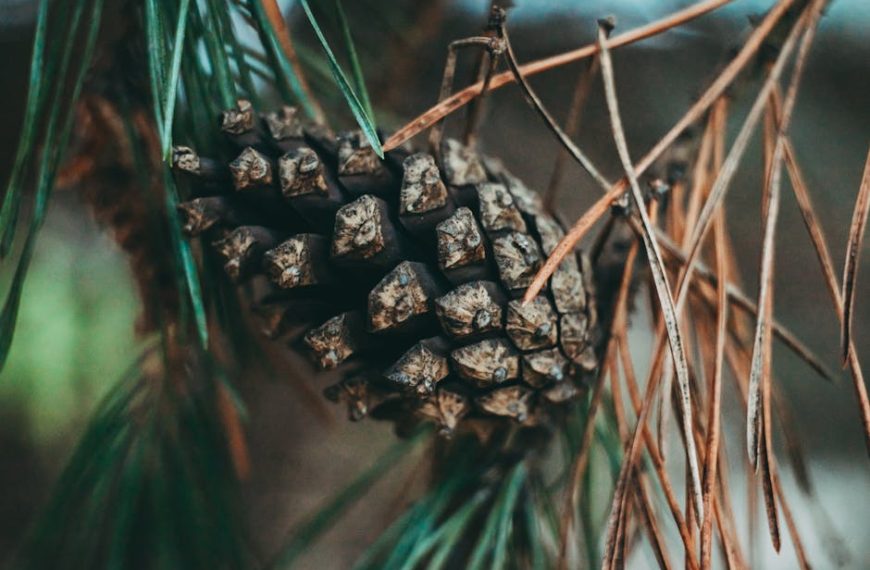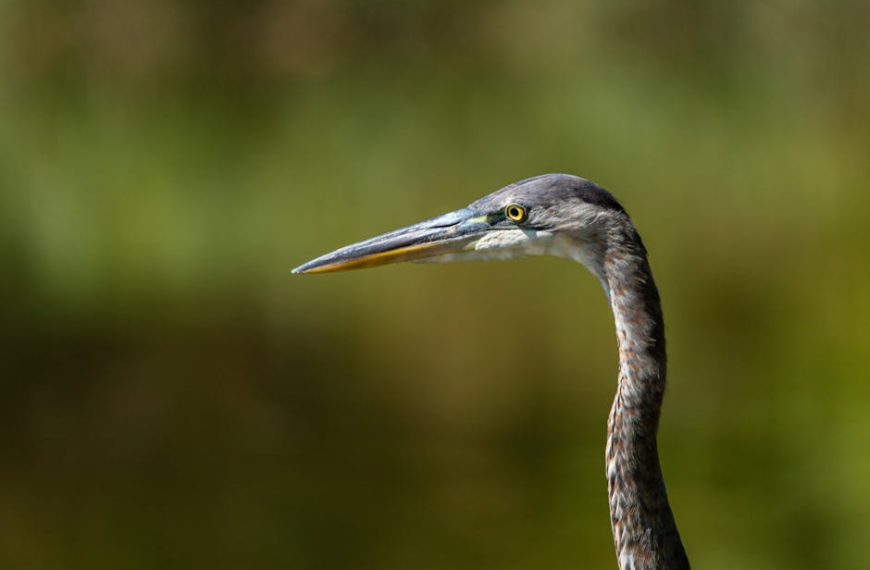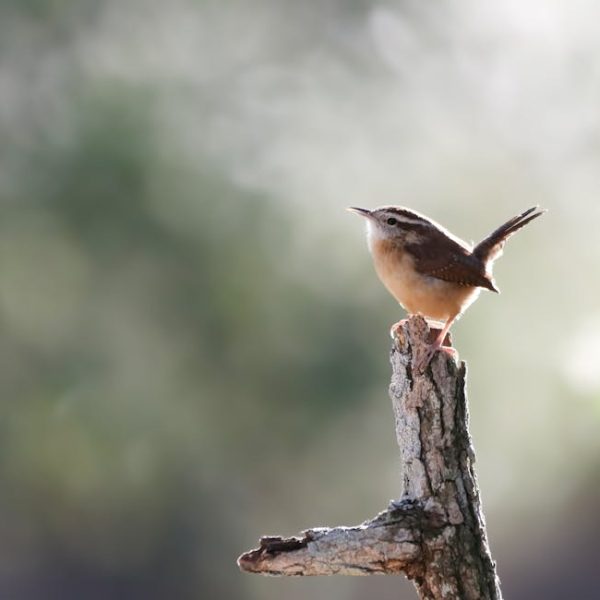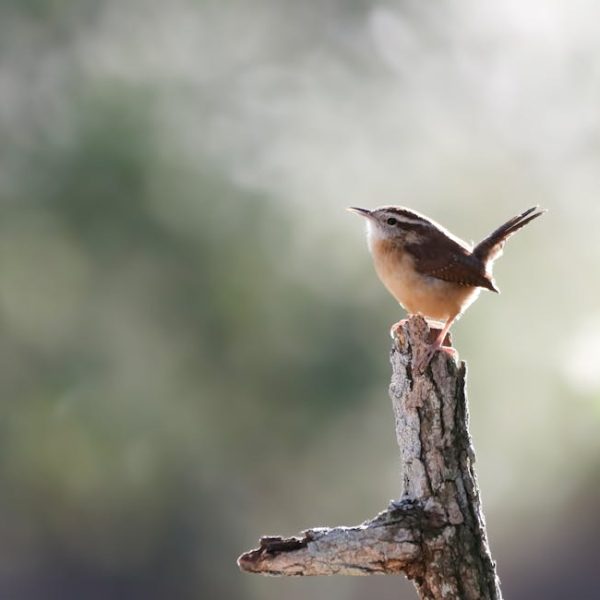Birds possess a unique visual system that senses a wider range of colors than ours, making them beholden to a vibrant spectacle that escapes the human eye. This capability has significant implications for how we interact with and manage bird populations, particularly when these avian visitors pose challenges to home, business owners, or farmers. Understanding birds’ color perception can provide us an edge in developing humane, effective bird deterrents.
Understanding Birds’ Perception of Colors
Contrary to popular belief, birds see the world in a palette far more elaborate than humans due to their sophisticated visual systems. Their eyes pick up wavelengths of lights in the ultraviolet range, beyond what humans can sense, essentially granting them a wholly different color experience.
- Ultraviolet (UV)
- Violet
- Blue
- Green
- Yellow
- Orange
- Red
- Pink
Consider this fact; while we admire the stunning reds and yellows of a sunset, birds see additional spectrums of ultraviolet, adding dimensions of color we can hardly imagine. This understanding can be instrumental when devising bird deterrent strategies. The rule of thumb is to select colors visible to birds but subtly balance them in your space, keeping unwanted avian guests at bay while maintaining a pleasing aesthetic.
Effectiveness of Different Colors as Bird Deterrents
The ability of birds to see an extensive range of colors influences their reactions to different hues. Various research studies highlight that birds are likely to steer clear of vivid white, intense red, and bright yellow colors. However, avian reactions to colors are species-dependent, and one color may deter a certain species while attracting another.
Consider a scenario where you’re trying to ward off sparrows but inadvertently draw in robins with the same colors. It’s essential to consider the specific bird type causing trouble while deciding on the hues to use in deterrent measures. Matching the deterrent color with the specific species provides a more effective solution.
Safe and Ethical Use of Color-Based Bird Deterrents
Birds play a crucial role in maintaining the balance of our ecosystem, thus humming the significance of humane bird control methods. Instead of causing harm or severe stress to birds, color-based solutions can serve as a benign and effective deterrent tactic.
Here’s a quick checklist of some ethical ways to leverage color in controlling bird interactions:
- Use colorful streamers and ribbons that wave in the wind, creating a no-go zone for the birds without causing them harm.
- Apply colorful window markers or decals to protect birds from flying into windows.
- Integrate bright hues in garden decor to make it inhospitable for birds without compromising the overall look.
Remember, harmonious existence with nature is the ultimate goal; respect for the birds’ welfare and their natural habitat should be an integral part of any control strategy.
Practical Applications: From Gardening to Architecture
By implementing bird color deterrence, one can effectively manage bird interactions in various contexts. Whether you’re an avid gardener, professional architect, or a crop farmer, color deterrence can be a versatile problem-solver.
Here are some ways you can incorporate bird-repellent colors in your environment:
- Red Patio umbrellas: This can help deter birds from gathering or nesting in outdoor seating areas.
- Yellow garden decor: Consider adding yellow ornaments to your garden to keep away pesky birds.
- White window decals: Birds see windows as clear space, and these decals not only aid in preventing window collisions but also act as deterrents.
These deterrents, effectively incorporated into your space, can provide a solution that serves both functionality and aesthetics.
Overcoming Limitations and Misconceptions
Despite its advantages, bird color deterrence is not a cure-all. It’s essential to dispel common misconceptions and acknowledge the limitations of this strategy. For instance, swallow species are oblivious to the usual deterrent colors, and crows and pigeons may not reliably be repelled by color alone.
Here’s a comparison of color deterrence with alternative strategies:
| Methods | Pros | Cons |
|---|---|---|
| Color Deterrence | Inexpensive, Non-invasive, Versatile application | Species-dependent effectiveness |
| Physical Barriers (Netting, Spikes) | Effective for nesting deterrent, Broad species application | Expensive, Labor-intensive installation, Potential harm to birds |
| Audio Deterrents (Ultrasonic, Predator sounds) | Effective in wide areas | Noisy, May annoy neighbors, Battery or power dependent |
To mitigate these challenges, consider a blended approach that incorporates color deterrence strategies with physical barriers, audio deterrents or trained raptors. Complementing color-based tactics with other bird control measures can offer a more comprehensive solution to keep our feathery friends at a comfortable distance.
Key Takeaway:
- Birds possess a unique visual system that enables them to perceive a wider range of colors than humans, including ultraviolet.
- Their distinct color perception can be effectively used to deter them by utilizing colors that they tend to avoid, like bright white, intense red, and bright yellow.
- Implementation of color-based bird deterrents, however, should be species-specific for optimal results.
- Safe and ethical application of color in bird deterrence involves the use of methods that are harmless yet effective.
- Practical applications of color deterrence can range from gardening to architecture, improving functionality and aesthetics of spaces.
- While color deterrence can be an essential strategy in bird management, acknowledging its limitations and supplementing it with other methods can ensure a more holistic and effective approach.
Cognizant of the essential role birds play in maintaining the balance of our ecosystem, the humane and ethical use of color-based deterrents ensures a harmonious existence with our feathery friends. Deploying bird-repellent colors in our environments can not only aid in managing bird populations sensibly but can also enhance the aesthetic appeal of our spaces.
FAQs
Q: Which bird species are sensitive to color deterrence?
A: It varies significantly from one species to another. While some birds may be repelled by bright colors like white, red, and yellow, others like swallows, crows, and pigeons may not be as sensitive.
Q: Can birds see colors that humans cannot?
A: Yes, birds possess a unique visual system that enables them to perceive a wider spectrum of colors than humans, including ultraviolet.
Q: If I want to deter only a specific species of birds, how do I choose the correct color?
A: Identifying the behavioral patterns and color sensitivity of the specific bird species helps in choosing the correct color. Also, consulting bird experts or conducting online research can provide valuable insights.
Q: Are color-based bird deterrents harmful to birds?
A: No, color-based bird deterrents are typically safe and non-invasive. However, it’s crucial to use them ethically and ensure they don’t cause undue stress or harm to the birds.
Q: Are there practical examples of using bird-repellent colors in architecture or gardening?
A: Yes, from implementing bird-repellent hues in building design to integrating them in garden décor and farming, the application of color deterrence are quite versatile.
Encourage your readers to share this article with others who might benefit from these insights, and invite them to explore more posts on your website for related topics.
